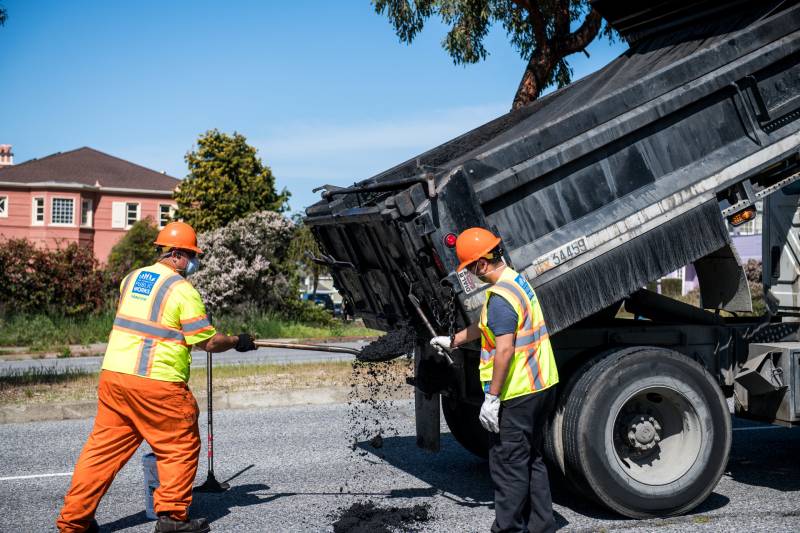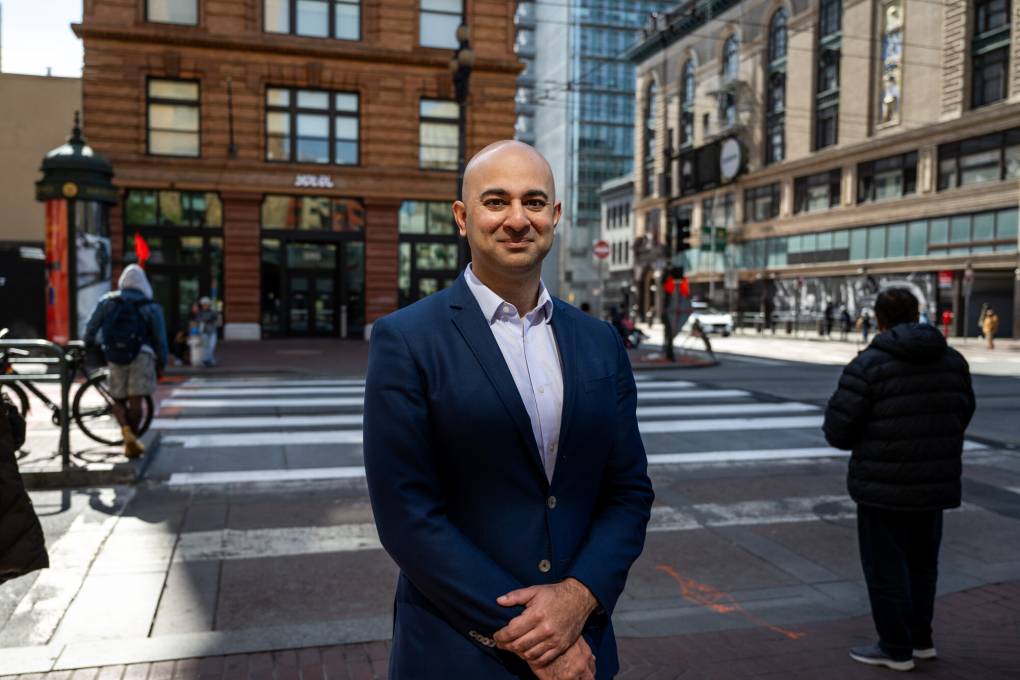California has added 977,200 new jobs since February, a feat Gov. Gavin Newsom called “an unprecedented achievement.”
But the state lost 2.7 million jobs in March and April of 2020, back when Newsom issued the nation’s first statewide stay-at-home order that forced many businesses to close.
Nineteen months later, California has regained nearly 70% of those jobs. That’s compared to 82% of jobs recovered nationwide since the start of the pandemic, according to Sung Won Sohn, professor of finance and economics at Loyola Marymount University.
While California “continues to see a robust recovery, creating nearly 22% of the nation’s jobs in November and the largest unemployment rate decrease since February, there’s still more work to be done getting folks back to work and supporting those hardest hit by the pandemic,” said Newsom.
White-collar office jobs accounted for more than 41% of California’s job gains in November, followed by gains in the sectors of education, health services, and leisure and hospitality, which includes restaurants and hotels. Construction jobs declined by 1,700, mostly because of employment losses for specialty trade contractors.
Counties in the Bay Area, which have some of the state’s wealthiest residents, registered the lowest unemployment rates. Marin County had 2.9% unemployment, followed by Santa Clara County at 3.2% and San Francisco at 3.3%.




